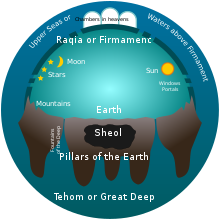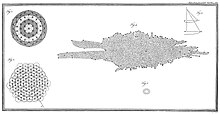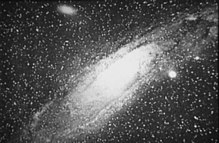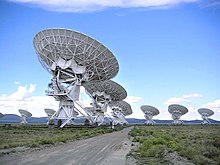| Part of a series on |
| Physical cosmology |
|---|
This timeline of cosmological theories and discoveries is a chronological record of the development of humanity's understanding of the cosmos over the last two-plus millennia. Modern cosmological ideas follow the development of the scientific discipline of physical cosmology.
For millennia, what today is known to be the Solar System was regarded as the contents of the "whole universe", so advances in the knowledge of both mostly paralleled. Clear distinction was not made until circa mid-17th century. See Timeline of Solar System astronomy for further details on this side.










